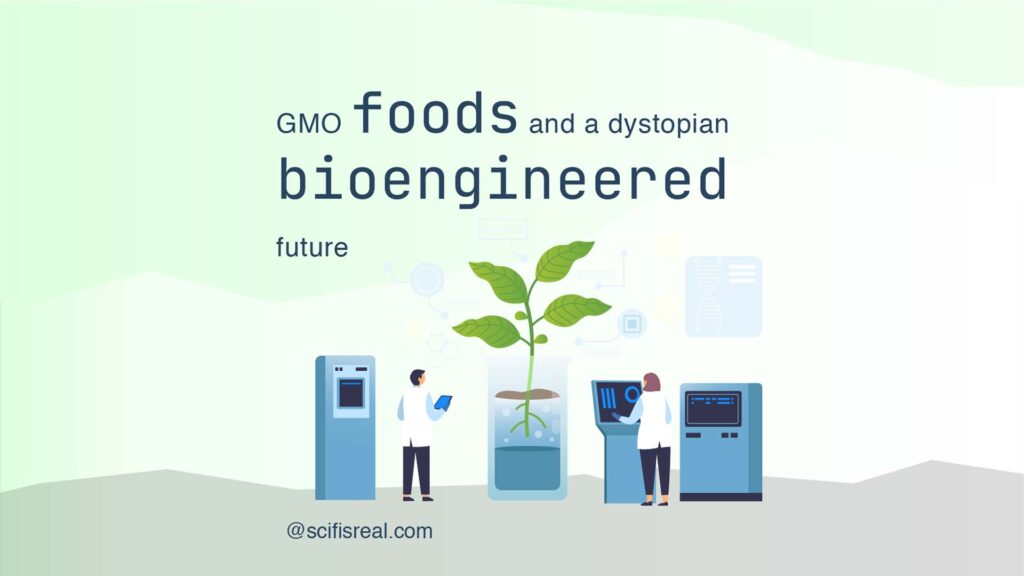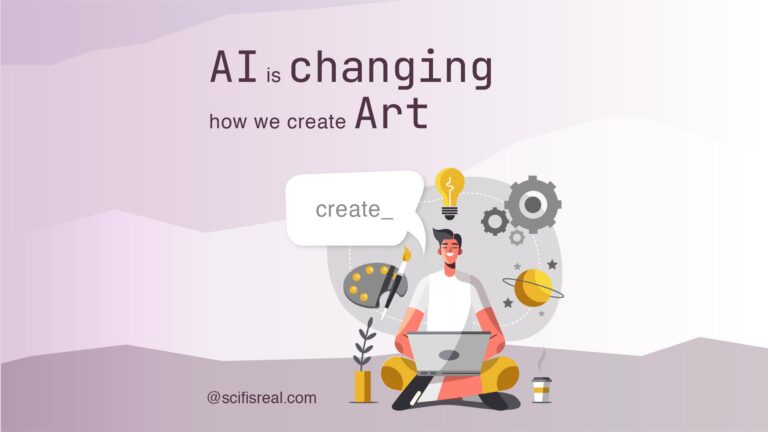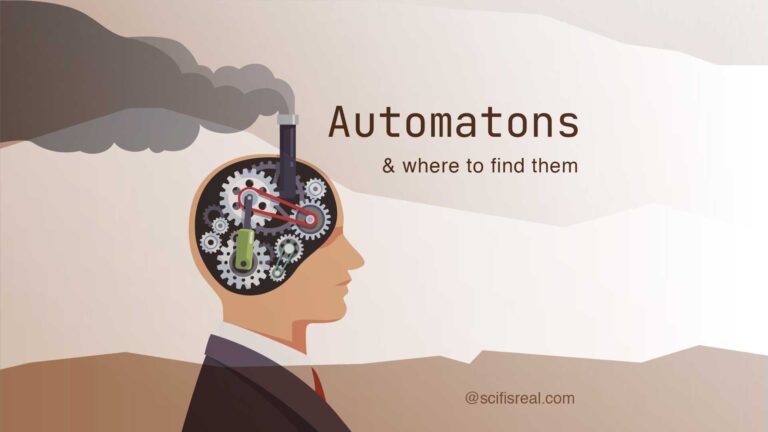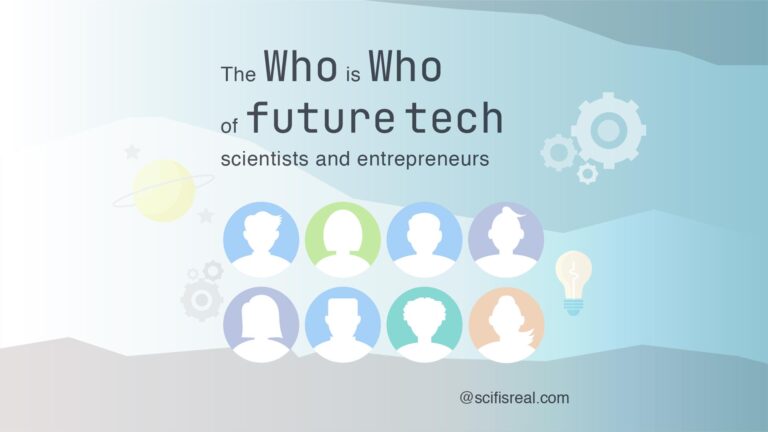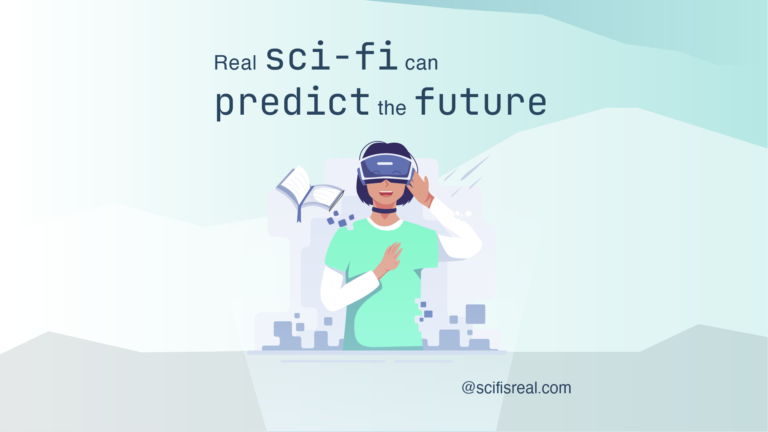How 3D printing in the food industry is revolutionizing food
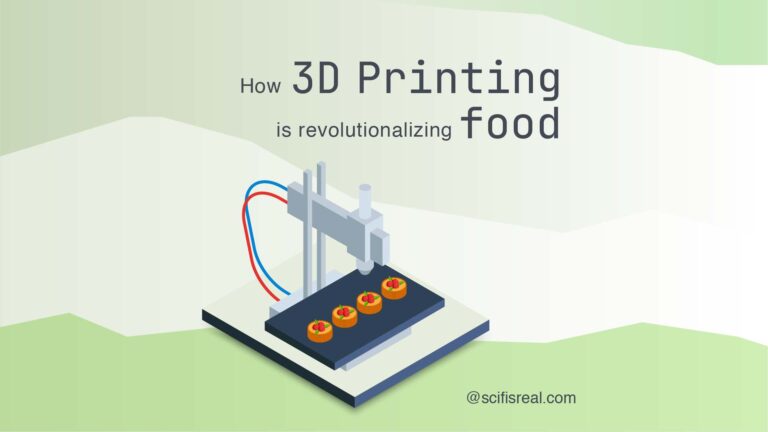
The food industry is constantly evolving and adapting to new technology, and 3D printing is no exception. 3D printed food can produce intricate and visually stunning designs, allowing for greater versatility in plating and presentation. Plus, with the ability to print using a variety of ingredients, including alternative proteins and plant-based materials, 3D printing in the food industry can also open up possibilities for more sustainable and customizable menu options. 3D printers have the potential to revolutionize the way we create and consume food.
But that’s not all – 3D printing can also streamline the production process by creating precise portions and reducing waste. This not only saves time and resources but can also increase profitability for businesses in the long run.
Overall, while it may still be in its infancy, the potential for 3D printing technology in food is exciting and shows no signs of slowing down. It will be interesting to see how this technology continues to shape and improve the way we eat in the future.
What are some benefits of using 3D technology for printing food?
One of the main benefits of 3D printing in the food industry is that it allows for greater versatility in plating and presentation. With the ability to create intricate and visually stunning designs, businesses can create more unique and eye-catching dishes that will stand out from the competition. This can be especially beneficial for restaurants and catering services looking to set themselves apart from the rest in niche markets.
3D printing technology in food can also open up possibilities for more sustainable and customizable menu options. For instance, businesses could print dishes using alternative proteins or plant-based materials, which would not only be more environmentally friendly but could also appeal to customers with dietary restrictions or preferences. This would give businesses greater flexibility in terms of what they can offer on their menus, ultimately increasing their potential customer base.
Streamlines production by creating precise portions and reducing waste. This can lead to cost savings for businesses and a more efficient overall process.
Can we use 3D technology to print foods at home? What options are out there?
Currently, there are a few options for 3D food printers available for at-home use. Some popular options are:
- Foodini by Natural Machines.
- Choc Mate, a chocolate 3D printer that can print customized chocolate 3D designs
- The PancakeBot.
- The Sweetin 3D Food Printer by Wiiboox.
- The Print2Taste by Mycusini
- The byFlow by Focus
- The Choc Creator V2 Plus by Choc Edge
- The Felix Food 3D Printer
- The Procusini 5.0
- The La Pâtisserie Numérique
Our complete review is coming soon…
However, these printers often require specific ingredients and can be quite expensive. It is still an emerging technology, so it may take some time before 3D food printing becomes more accessible and user-friendly for home use. In the meantime, there are various websites and cookbooks available that offer recipes and instructions for creating 3D-printed food at home using more traditional methods and equipment. For example, one can create 3D-printed molds using silicone and then fill them with their choice of ingredients to create visually stunning dishes. As 3D technology in the food industry continues to advance, it will be exciting to see what new options become available for at-home use in the future.
Can 3D printing help businesses be more sustainable?
3D printing can help businesses be more sustainable by allowing them to print dishes using alternative proteins or plant-based materials. This would not only be more environmentally friendly but could also appeal to customers with dietary restrictions or preferences. Ultimately, 3D printing in the food industry would give businesses greater flexibility in terms of what they can offer on their menus, increasing their potential customer base.
How can 3D printing improve profitability for businesses in the long run?
By reducing food waste: 3D printing can improve profitability for businesses in the long run by streamlining the production process. By creating precise portions and reducing waste, 3D printing in the food industry can save time and resources, which can ultimately increase profits. Additionally, the ability to create intricate and visually stunning designs can help businesses stand out from the competition and attract new customers.
By providing more versatility in plating and presentation: with the ability to print using a variety of ingredients, businesses can offer unique and customizable menu options which may attract a wider audience and ultimately increase profits through increased efficiency and customer appeal. Streamlined production processes with precise portions and reduced waste can also save time and resources, leading to higher profits in the long run.
By offering more sustainable and customizable menu options: businesses may also attract customers who are interested in sustainable and environmentally-friendly options, potentially increasing profits. Overall, the use of 3D technology in the food industry can improve profitability by providing greater versatility and efficiency in menu options and production processes.
With the ability to print using a variety of ingredients, including alternative proteins and plant-based materials: businesses can also appeal to customers with dietary restrictions or preferences, potentially increasing their customer base and profitability in the long run. Overall, the potential for 3D printing in the food industry is exciting and shows no signs of slowing down. It will be interesting to see how this technology continues to shape and improve the way we eat in the future.
The ethical implications of using 3D technology in the food industry
As with any new technology, there is the potential for misuse and unequal access. It’s important to ensure that 3D printing in the food industry is used thoughtfully and responsibly in order to truly benefit both businesses and consumers alike. This includes considering the environmental impact of materials used, as well as addressing any potential socioeconomic disparities in availability and affordability.
Ultimately, it’s up to both individuals and businesses in the industry to consider the ethical implications and make informed decisions moving forward. With careful consideration and responsible implementation, 3D printing has the power to positively transform the food industry for the better.
The impact on small businesses and traditional methods of production
As with any new technology, there may be concerns about the potential impact on small businesses and traditional methods of production.
However, it’s important to consider the ways in which 3D printing in the food industry can actually benefit smaller operations. For example, it has the potential to level the playing field by allowing for more efficient and cost-effective production. It also opens up opportunities for unique and customizable menu options, potentially giving small businesses a competitive edge.
The role of artificial or synthetic ingredients in 3D printed food. Will this affect taste and nutrition?
This is a valid concern and will likely vary depending on the specific materials and ingredients used in 3D printing. It’s important for businesses to thoroughly research and understand the impact of any artificial or synthetic ingredients, and make informed decisions about their use in terms of taste and nutrition. Ultimately, it may be necessary to conduct thorough testing and experimentation in order to determine the potential effects on taste and nutrition.
The potential for misuse or unequal access to 3D technology in the food industry
It’s crucial for individuals and businesses to consider the ethical implications of using this technology, including addressing any potential disparities in access or affordability. It’s important to ensure that 3D printing in the food industry is used thoughtfully and responsibly in order to truly benefit both businesses and consumers alike. This includes considering the environmental impact of materials used, as well as any potential socioeconomic impacts. Overall, it’s up to all parties involved to consider the potential for misuse or unequal access, and make informed decisions moving forward.
How will 3D printing affect access to healthy, affordable food for all members of society? Will it contribute to the problem of food deserts? Will it widen the gap between those who can afford high-tech meals and those who cannot? These are important questions that must be considered as 3D technology continues to advance in the food industry.
The possible negative health effects associated with highly processed 3D printed foods.
Overall, the use of 3D technology in the food industry raises many questions and concerns that will need to be closely examined and addressed as the technology continues to advance. However, as with any highly processed food product, it’s important for individuals to make informed choices about what they choose to consume. This includes thoroughly understanding the ingredients and potential health effects associated with highly processed 3D-printed foods. At the same time, it’s up to businesses to carefully consider and address any potential negative health effects in their use of 3D printing technology. Ultimately, responsible implementation of this technology has the potential to positively transform the food industry, but it’s important for all parties involved to carefully consider the ethical implications moving forward.
Conclusion
Overall, the introduction of 3D printing in the food industry is an exciting development that has the potential to enhance and improve the way we create and consume food. It’s important to consider both the benefits and risks and approach with a responsible and ethical mindset. With careful implementation, it has the power to positively impact both large businesses and small operations alike.
In conclusion, the implementation of 3D printing in the food industry has the potential to greatly impact both businesses and consumers alike. However, it’s crucial for all parties involved to consider the ethical implications and potential negative effects, while also thoughtfully addressing any concerns related to access and affordability. Ultimately, responsible implementation of this technology has the potential to positively transform the food industry for the better.
